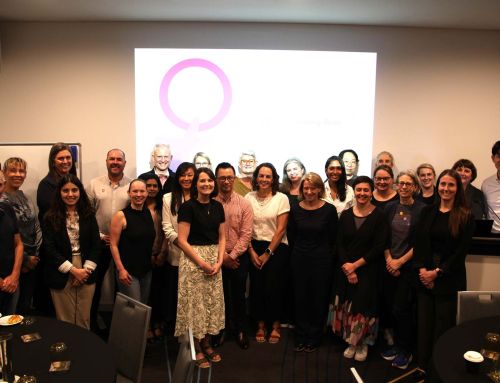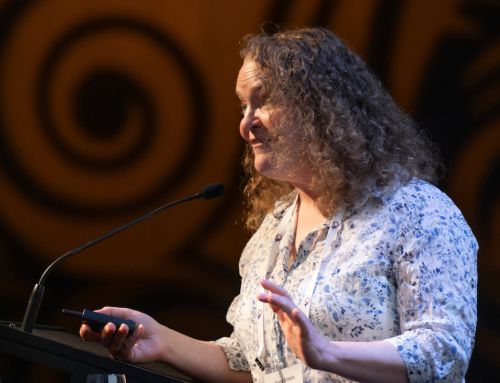“The most striking observation was the genetic diversity”
ANZGOG Member, Dr Kylie Gorringe, comments on a recent publication of an ovarian cancer study that she collaborated on.
Dr Gorringe is a Group Leader in the Cancer Genomics program at Peter MacCallum Cancer Centre and an VCA Fellow. She is also a member of ANZGOG’s Ovarian Tumour Type Working Group.

Dr Gorringe is a member of ANZGOG’s Ovarian Tumour Type Working Group.
This study, led by my collaborators Prof Ian Campbell and Prof Paul James (both Peter MacCallum Cancer Centre), aimed to find the unknown genetic causes of high-grade serous ovarian cancer. The study performed exome sequencing on DNA extracted from blood on over 500 cases from the Familial Cancer Centre. The cases were known to be normal for BRCA1 and BRCA2. After the analysis, led by PhD student Deepak Subramanian, the most striking observation was the genetic diversity: only ~1% had inactivating variants in known genes (MSH6, RAD51C, RAD51D and BRIP1), and a further 5% had variants causing loss of gene function in proposed ovarian cancer genes. Of these genes only PALB2, ATM and MRE11 had more variants in cases over controls. There was a long tail of diverse genes with rare loss of function variants enriched in cases over controls. If truly predisposing, none individually could explain more than 0.5% of the cases, and most were much rarer. Therefore, validation in much larger cohorts or using alternative methods of determining which genes are really causative will be required.











